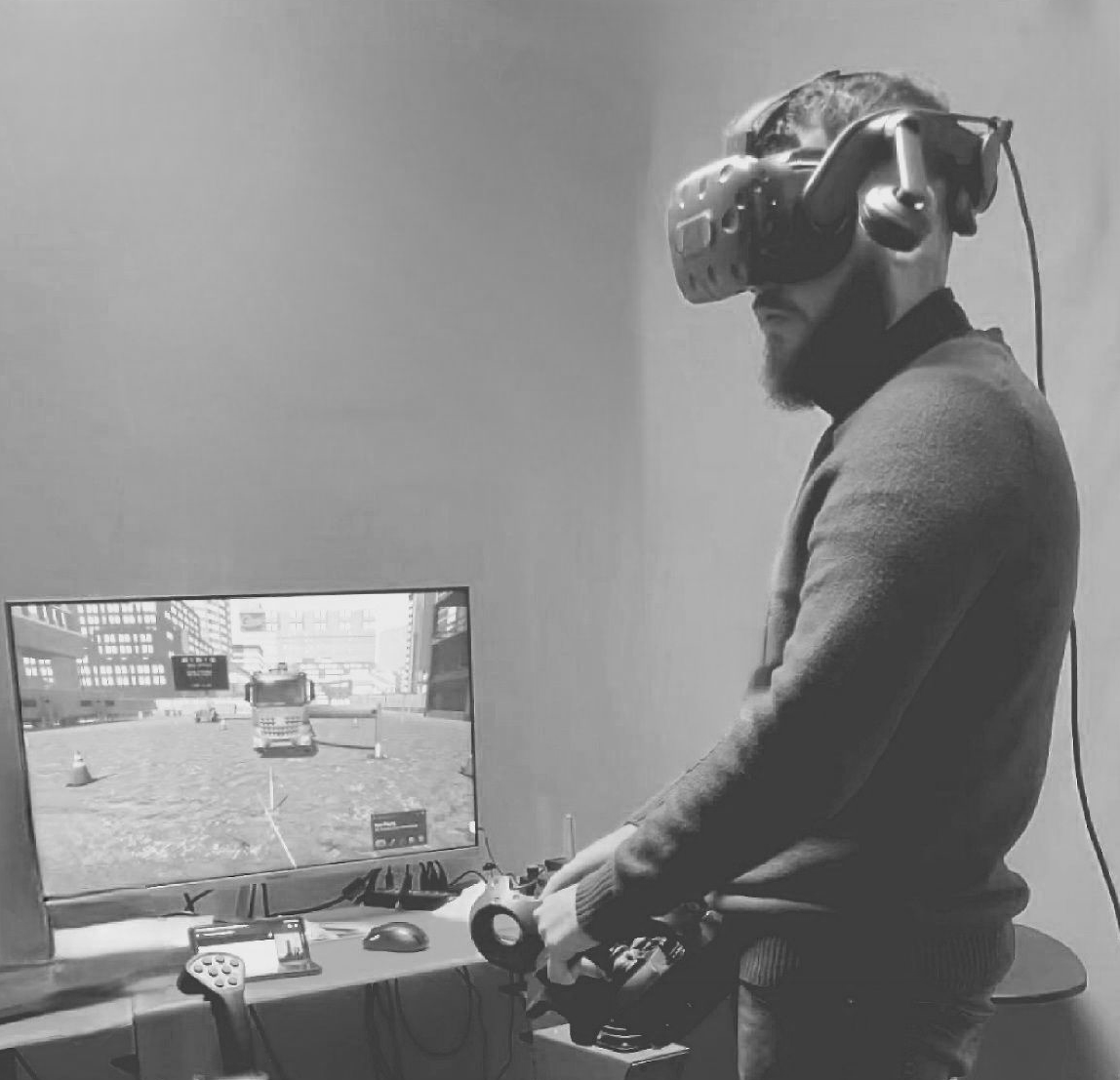
Empty space, drag to resize
Several companies are pushing the boundaries of VR safety training by developing immersive simulations for heavy equipment operation.
Safe Connect, for example, offers a comprehensive simulation training fleet for construction machinery. Their latest addition—a virtual reality concrete pump simulator created with the help of the American Concrete Pumping Association (ACPA)—enhances operator proficiency and safety by providing realistic pump operation scenarios that align with industry standards.
Beyond concrete pumps, we offer simulation training covering a wide range of construction equipment, including bulldozers, excavators, cranes, and tower cranes. These simulations allow workers to develop essential skills before stepping onto an actual jobsite, reducing the likelihood of costly mistakes and accidents.
- Risk-Free Learning: Trainees can make mistakes and learn from them without the dangers of real-world incidents.
- Cost Efficiency: VR training reduces the need for expensive fuel, maintenance, and on-site equipment downtime.
- Standardized Instruction: Every trainee receives the same high-quality training experience, ensuring consistency across teams.
- Adaptability: VR training can be updated and customized to match evolving industry regulations and safety standards.
As the construction industry continues to embrace innovation, VR safety training is proving to be an invaluable tool for reducing workplace accidents and improving overall efficiency. Companies investing in VR technology are helping to shape a future where workers are better prepared, job sites are safer, and training is more effective than ever before.
With advancements in technology and increasing industry adoption, VR is set to become a staple in construction safety training programs worldwide. The future of safer, more skilled construction teams is here—and it’s virtual.



